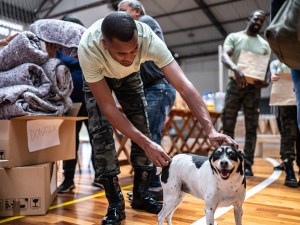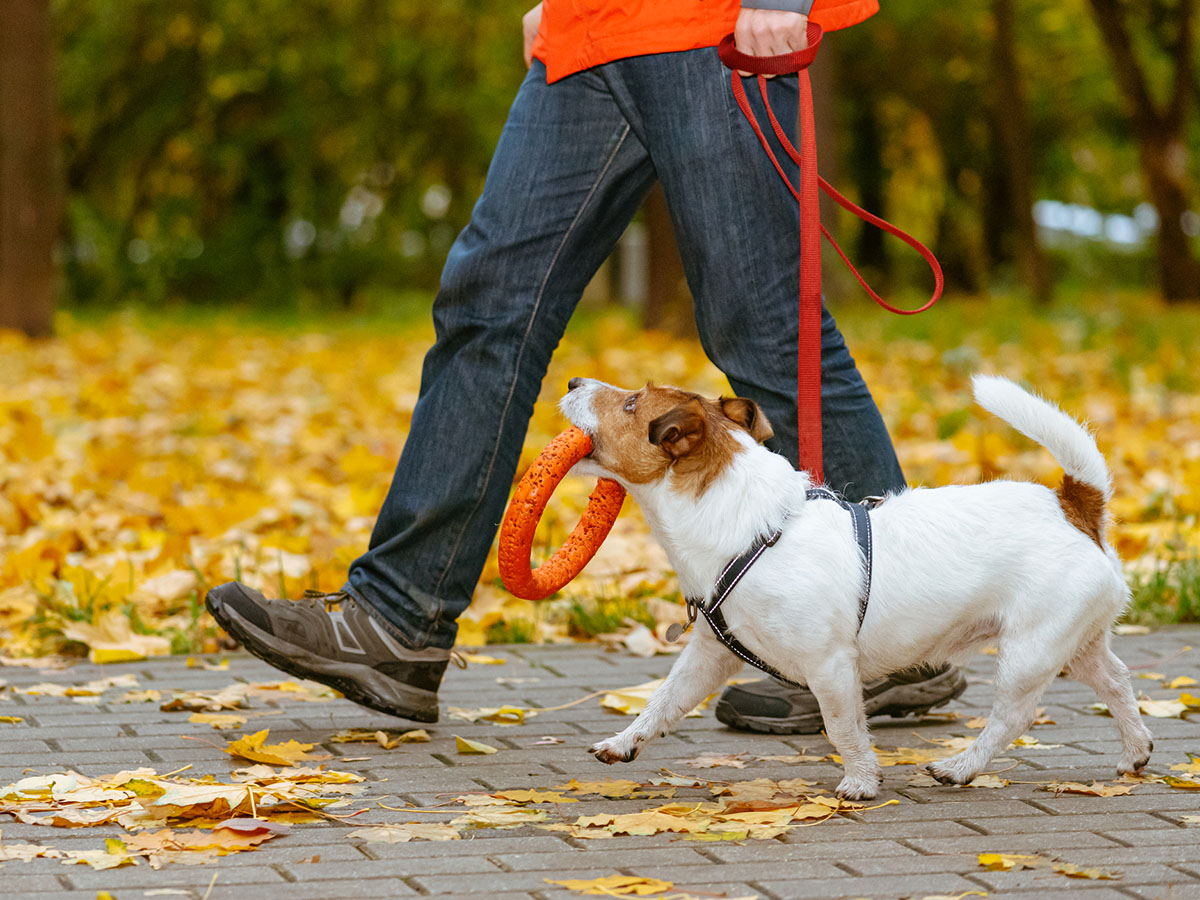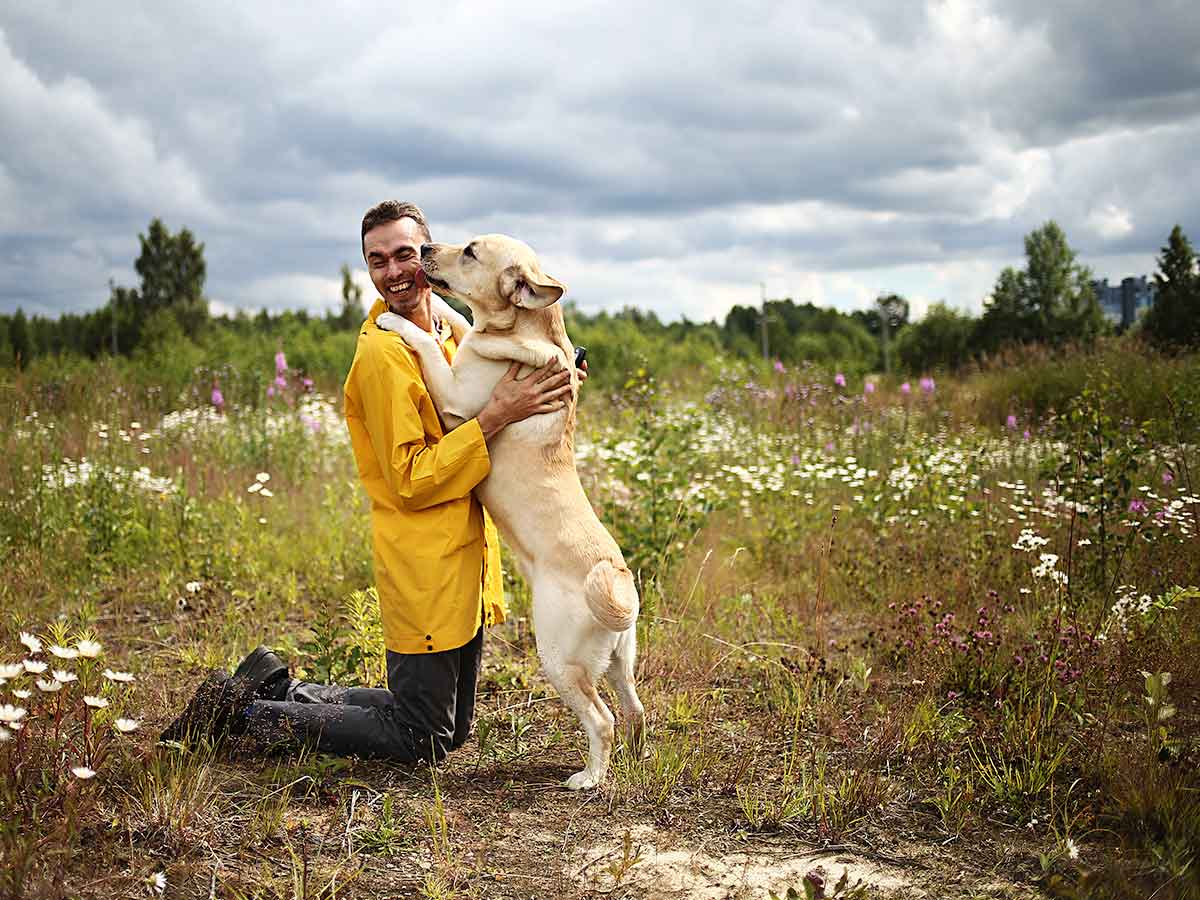September is National Preparedness Month in the U.S., and it’s a great time to review your emergency plans and supplies for your home and family. If you’re reading this, you’re probably among the 49.6% of households who own a pet1 – so don’t forget to include your furry friends in your plan.
Natural disasters, severe weather, fire – all of these emergencies may require quick action. Whether you live in a place where hurricanes are the danger, or you’re more at risk from tornadoes and wildfires, the principles of pet emergency preparedness are basically the same.
Make a pet evacuation plan
If you have to evacuate your home, you’ll want your pets to go with you. If you don’t have a car, plan ahead by researching local service organizations that will help you transport your pet.2
In the event that you have to evacuate to a shelter, be ready to find out quickly if the shelter will allow you to bring your pet and have an alternative ready if it won’t.
Keep a full list of animal shelters, boarding facilities, and even hotels that accept pets during emergency evacuations. Think ahead and make contact with these places before disaster strikes so that you understand their emergency protocol. Disasters are busy times for animal shelters, and having a complete list of emergency resources is a smart way to protect your pet.
If you live in an area particularly prone to disasters, such as hurricanes or wildfires, consider finding an out-of-town friend who’s ready to take care of your pet if you’re displaced long-term. It’s also a good idea to place a sign or sticker near a front door or window to notify responders that there are pets inside, in case trouble arises when you’re not home.
Keep control
In an emergency, your pet might be stressed and become harder to control. Remember, if you stay calm, your pet is more likely to stay calm, too. Getting her out of the house and off to safety is much easier with a pet carrier, sturdy collar, leash, and/or harness, so keep these items ready and accessible. Make sure you have the proper equipment, such as harnesses and seat belts, to keep your pet safe in the car.
Identify your pet clearly
Be proactive – get your pet microchipped long before disaster strikes, and make sure your registration information stays up to date (including an alternate contact in case you’re unreachable).2 If your pet gets away in the middle of an emergency, it can add chaos to an already stressful situation. With a HomeAgain Premium membership, send rapid Lost Pet Alerts with your pet’s Lost Pet Poster to members of the HomeAgain Pet Recovery Network within a 10-mile radius. HomeAgain’s nationwide lost pet network includes over three million veterinarians, shelters, and volunteer PetRescuers.
Unlike collars, microchips won’t fall off or become unreadable. However, it’s still worthwhile to make sure your pet’s ID tags are current and be prepared with medical tape and a permanent marker to label your pet’s collar with the location of your emergency shelter.
Build a kit
Your pet emergency kit should be part of your household’s overall kit. It should include food, water, dishes, medication, and necessary supplies, such as leashes and litter. It’s a good idea to include a copy of your pet’s medical records each year when you update or re-stock your kit. If you need to be away from home for an extended period of time and it becomes necessary to board your pets, having their medical records handy may make it faster and easier to find a place for them to stay.2
Having a pet as part of your family can be a wonderful experience, but it comes with a great deal of responsibility. Developing a pet emergency preparedness kit and a pet evacuation plan may seem like a lot of work, but in a disaster, it could save your beloved animal’s life.
References:
1. National Pet Day: April 11, 2023. United States Census Bureau. https://www.census.gov/newsroom/stories/pet-day.html
2. Pet Safety in Emergencies. Centers for Disease Control and Prevention. https://www.cdc.gov/healthypets/keeping-pets-and-people-healthy/emergencies.html
Want to share this article?
More like this
Fall pet care
Tis the season for ticks, temperature changes, Halloween and other concerns for you and your pet. Prepare for autumn by learning how to protect your pet.
Lost dog? Your pet’s personality may provide clues
Shy? Social? If your dog ever gets lost, understanding his personality traits can help you determine where to look.
How to be a PetRescuer
Find out how you can make a difference by helping to reunite lost pets with their owners.






 Austria
Austria Belgium
Belgium Czech Republic
Czech Republic Denmark
Denmark Europe
Europe Finland
Finland France
France Germany
Germany Greece
Greece Hungary
Hungary Ireland
Ireland Israel
Israel Italy
Italy Netherlands
Netherlands Norway
Norway Poland
Poland Portugal
Portugal Romania
Romania Spain
Spain Sweden
Sweden Turkey
Turkey United Kingdom
United Kingdom United States
United States